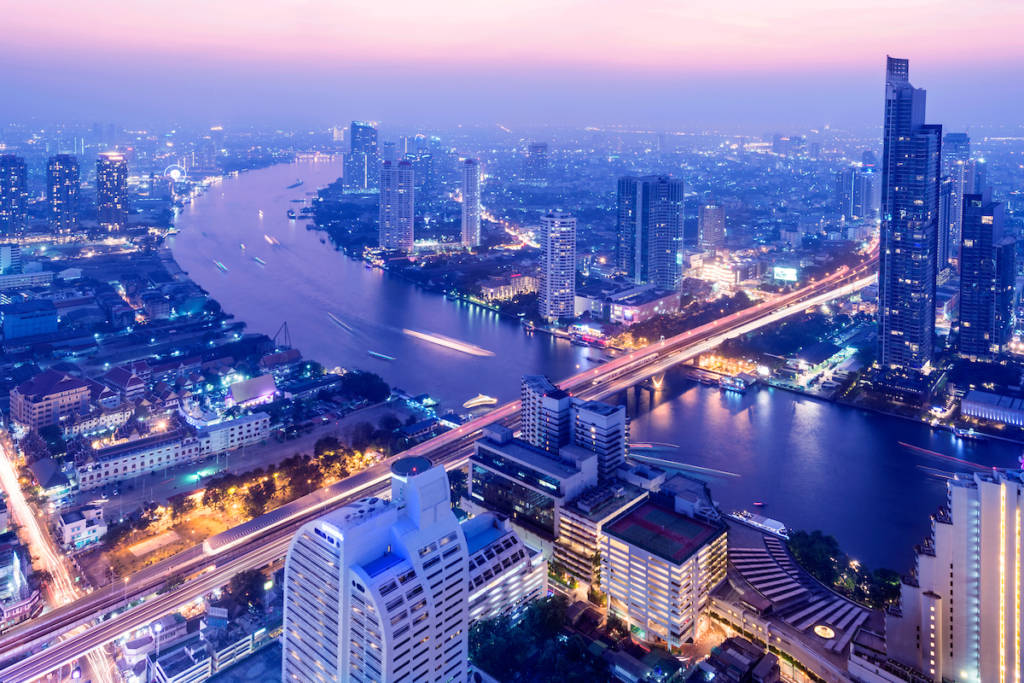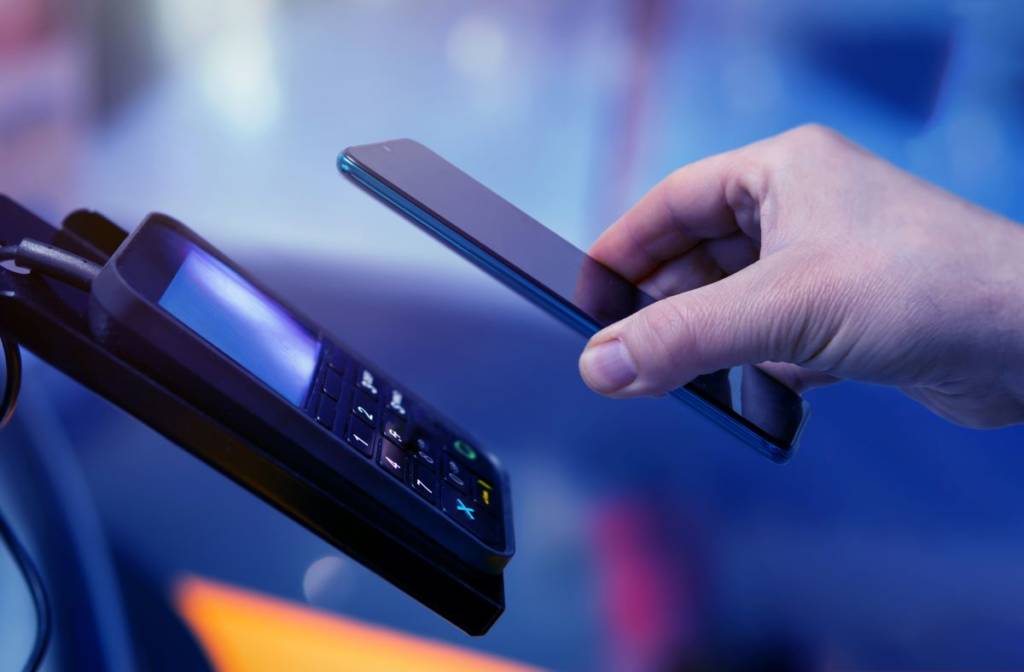I spoke with Zennon Kapron, founder and director of Kapronasia, and Leslie Choo, managing director – Asia at ACI, about how Southeast Asia has become the region to watch when it comes to instant, cross-border payments growth.
Christopher Taine: The new paper reveals that Southeast Asia (SEA) has become the center of instant cross-border payments growth – why is this?
Zennon Kapron: Southeast Asia’s internet economy is projected to triple in size by 2025 and reach US$300 billion, making it one of the fastest growing digital economies globally. Taken as a single entity, SEA also represents one of the world’s five largest economies, but of course it doesn’t have the deep integration within the bloc that benefits larger economies, such as India or China. Neither does the SEA region benefit from a single currency, like the Eurozone, which also has overarching regulatory bodies. This means that deeper financial services integration within the region, seen as an important catalyst for growth and trade, tends to be driven by market forces. What our new paper reveals, however, is that the foundations for an effective cross-border, real-time payments network have already been laid, through individual countries’ pursuit of payments modernization and robust domestic real-time networks.
Leslie Choo: Despite the lack of uniform regulations and disparate economic priorities across the region, it’s clear that the needs of businesses and consumers are propelling SEA towards the realization of a multi-country, real-time network. Standardized, instant and seamless payments will help enable intra-regional economic activity at a lower cost and encourage future growth. The COVID-19 pandemic puts this into even sharper focus – we’ve already seen some dramatic shifts in terms of attitudes towards digital payments, especially “touchless” payments that support social distancing measures.
CT: It’s obviously still difficult to envisage exactly how far-reaching the impacts of COVID-19 will be on Asian economies, but can you explain more specifically the role that real-time payments could play in economic recovery and in supporting some of the “new norms” that are emerging?
LC: The trend towards digital payments is definitely being amplified in the wake of social distancing and work-from-home requirements in place across the region. Real-time payments play an integral part within this growing digital finance ecosystem, especially as we see contactless technologies like QR codes being leveraged by real-time central infrastructures. The simplicity and accessibility of QR-code payments is going to be critical for individuals and SMEs across SEA seeking economic viability, while QR codes will also provide an essential “on ramp” to drive usage and participation in real-time schemes. There is also something to be learned from China, as its re-opening was heavily reliant on many of the digital finance products and services that can be “layered” over real-time payments rails, such as credit scoring, lending and wealth management.
CT: India also provides an interesting example, with its Unified Payments Interface (UPI) platform, of how digital overlay services can “unlock” the value of real-time payments. Given that SEA doesn’t currently have a single unified platform upon which these digital overlays can be delivered, how will the region make these real-time, value-added services a reality?
ZK: Southeast Asia is a hugely diverse region – culturally, economically, politically and linguistically – but despite these challenges, we’re seeing a few countries start to emerge as “frontrunners” in this area. PayNow in Singapore, PromptPay in Thailand, but perhaps the most interesting case at the moment is DuitNow in Malaysia. These countries are all making significant strides in payments modernization. The increased adoption of the ISO 20022 standard across SEA will also help enable communication between these domestic networks, so this is going to be a key piece of the puzzle.
CT: What is notable about Malaysia’s DuitNow, given that – as you said – there are digital overlay services being developed on the back of real-time payments networks throughout the region?
LC: Malaysia’s Real-time Retail Payment Platform (RPP) is a multi-year effort to modernize the country’s payments infrastructure, creating an integrated ecosystem to drive digital adoption. DuitNow, an instant credit transfer service allowing users to transfer funds based on the more easily remembered mobile number or national ID, was the first RPP payment services launched on the platform, in early 2019. Adoption of ISO 20022 from the outset has been instrumental in driving innovation and transaction volumes on RPP, including Credit Transfer, DuitNow’s QR-code payments. and a range of digital overlay services. RPP, which is operated by PayNet, also benefits from standard connectivity between participants and the central hub, aiding seamless integration and onboarding as well as ongoing compliance.
A number of bilateral MOUs (memorandum of understanding) have already been signed between domestic central infrastructures in SEA, part of the push for greater collaboration, and now we’re starting to see concrete steps towards interoperability. Malaysia’s PayNet and Singapore’s NETS officially launched real-time, cross-border debit card payments in late 2019. Now, they are building on this with cross-border instant credit transfers and QR-code payments. Similarly, Thailand’s PromptPay system aims to develop interoperable QR-code payments with neighboring Cambodia. Retail payments will lead commercial or wholesale payments, but I suspect further consolidation will see high- and low-value payments leveraging the same real-time rails.
CT: It sounds like there are some promising bilateral arrangements already in place – how will this evolve into a broader, pan-regional payments network?
ZK: Consumers across Asia have been quick to adopt real-time payments because of the convenience and functionality they offer, delivered through a broad range of overlay services. Without the legacy payment systems that can impede innovation in mature markets, Southeast Asian countries are in an ideal position to leverage their robust domestic central payment infrastructures as a basis for cross-border linkages driven by existing market forces. Ongoing payments system modernization, including adoption of ISO 20022, will lead to further bilateral cross-border linkages – and eventually, this will coalesce into a larger payments network.
LC: Adding some further detail to this, Malaysia’s PayNet, through its drive to innovate and what it has already achieved, is well situated to play a key role in the development of the regional network. If it were to build on its existing interoperability with Singapore and include Thailand to create a tripartite real-time network, this would quickly become the model for others in the region to follow, including SEA’s largest economy, Indonesia. Although these countries have the most developed financial services industries, rapid digital transformation and payments innovation in smaller economies like Vietnam and the Philippines do make it possible to envision a true pan-regional, real-time ecosystem.
Download the white paper “Envisioning a pan-regional, real-time payments ecosystem in Southeast Asia,” from Kapronasia and ACI Worldwide



